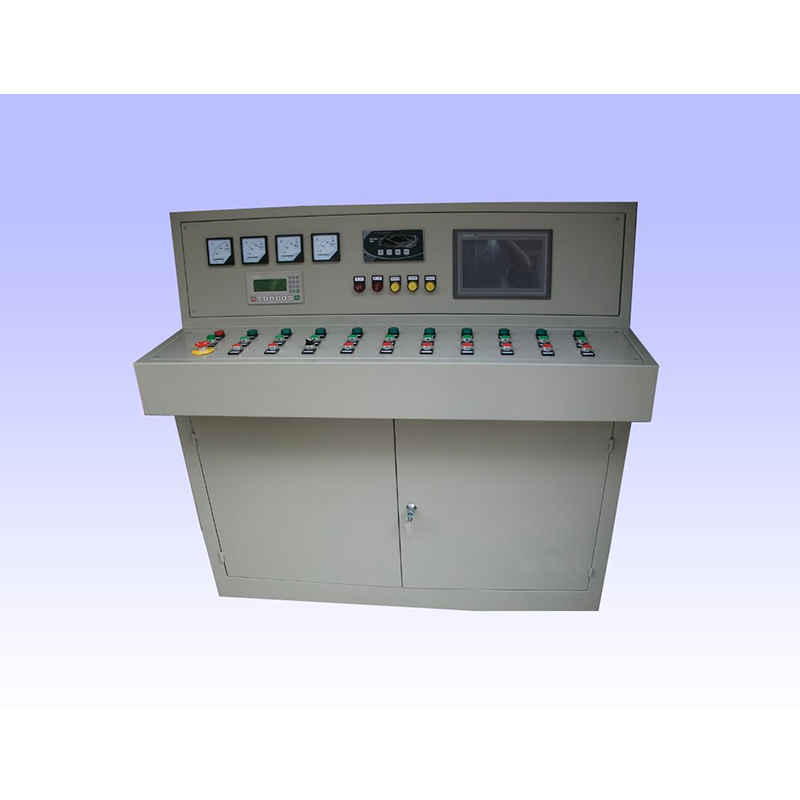
Dec . 19, 2024 06:04
Back to list
pressure reducing valve
Understanding Pressure Reducing Valves Functionality, Types, and Applications
Pressure reducing valves (PRVs) play a critical role in various fluid systems by controlling the pressure of liquids and gases. These valves are designed to maintain a steady output pressure regardless of fluctuations in the inlet pressure or variations in the flow rate. Understanding how PRVs function, the different types available, and their applications can provide valuable insights into their importance in both industrial and residential settings.
Functionality of Pressure Reducing Valves
At its core, a pressure reducing valve operates by reducing incoming pressure to a predetermined level. The valve typically consists of a spring-loaded diaphragm mechanism. When the inlet pressure exceeds the set point, the diaphragm is pushed upward, which causes the valve to partially close. This action reduces the flow, thereby lowering the downstream pressure. Once the downstream pressure falls below the set point, the spring tension allows the diaphragm to return to its original position, reopening the valve and restoring flow.
The key components of a PRV include the valve body, adjusting screw, diaphragm, spring, and a pressure gauge in many cases. The adjusting screw allows users to set the desired output pressure, enabling customization based on specific operational requirements.
Types of Pressure Reducing Valves
There are several types of pressure reducing valves, each designed for specific applications and industries. These include
1. Direct Acting PRVs These valves directly control the downstream pressure by their design, responding quickly to changes in flow and pressure. They are commonly used in residential plumbing systems.
2. Pilot Operated PRVs These valves are more complex and are usually employed in high flow applications. They use a small pilot valve to control a larger main valve, offering precise regulation and the ability to handle significant pressure differentials.
3. Balanced Pressure Reducing Valves These valves are designed to minimize the effects of inlet pressure fluctuations, making them suitable for critical applications like steam systems and process industries.
pressure reducing valve

Applications of Pressure Reducing Valves
Pressure reducing valves are utilized across a wide range of industries and applications
- Water Supply Systems In municipal and residential water systems, PRVs ensure that water pressure remains within safe limits, preventing pipe bursts and leaks.
- Industrial Applications Factories and processing plants often use PRVs to maintain pressure in various process lines, ensuring equipment operates efficiently and safely.
- Heating Systems In steam heating systems, PRVs regulate the steam pressure to provide consistent heating while protecting equipment from excessive pressure that could lead to failures.
- Hydraulic Systems In hydraulic applications, PRVs help manage pressure to ensure that actuators receive the correct force, which is crucial for machinery operation.
- Gas Distribution Systems PRVs are vital in maintaining safe, consistent gas pressures in residential and commercial gas lines.
Conclusion
Pressure reducing valves are essential components in many fluid handling systems, providing safety, efficiency, and reliability. Their ability to regulate pressure makes them indispensable in diverse fields ranging from plumbing to industrial manufacturing. Understanding the functionality, types, and applications of PRVs not only helps in selecting the right valve for specific needs but also enhances system design and operational efficiency. As industries continue to evolve, the demand for advanced pressure regulation solutions will undoubtedly grow, underscoring the importance of these remarkable devices in modern engineering and infrastructure.
Latest news
-
Safety Valve Spring-Loaded Design Overpressure ProtectionNewsJul.25,2025
-
Precision Voltage Regulator AC5 Accuracy Grade PerformanceNewsJul.25,2025
-
Natural Gas Pressure Regulating Skid Industrial Pipeline ApplicationsNewsJul.25,2025
-
Natural Gas Filter Stainless Steel Mesh Element DesignNewsJul.25,2025
-
Gas Pressure Regulator Valve Direct-Acting Spring-Loaded DesignNewsJul.25,2025
-
Decompression Equipment Multi-Stage Heat Exchange System DesignNewsJul.25,2025

